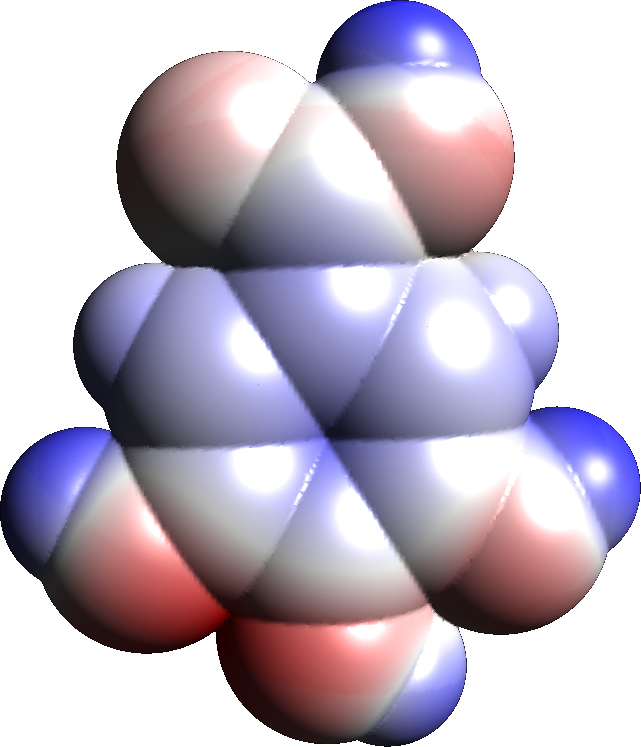|
Alnusiin
Alnusiin is an ellagitannin found in '' Alnus sieboldiana''.Structures of alnusiin and bicornin, new hydrolyzable tannins having a monolactonized tergalloyl group. Yoshida T, Yazaki K, Memon M.U, Maruyama I, Kurokawa K, Shingu T and Okuda T, Chemical and pharmaceutical bulletin, 1989, volume 37, number 10, pages 2655-2660, abstract The molecules of gallic acid, luteic acid and hexahydroxydiphenic acid are present in the structure of alnusiin, bound to a glucose Glucose is a simple sugar with the molecular formula . Glucose is overall the most abundant monosaccharide, a subcategory of carbohydrates. Glucose is mainly made by plants and most algae during photosynthesis from water and carbon dioxide, u ... residue. References Ellagitannins {{aromatic-stub ... [...More Info...] [...Related Items...] OR: [Wikipedia] [Google] [Baidu] |
Alnus Sieboldiana
''Alnus sieboldiana'' (オオバヤシャブシ in Japanese) is an alder species found on the islands of Honshū, Shikoku, and Suwanose-jima in Japan. ''A. sieboldiana'' contains the ellagitannins alnusiin, tellimagrandin I, pedunculagin, casuarinin, casuariin and 2,3-O-(S)-hexahydroxydiphenoyl-D-glucose. The Latin specific epithet ''sieboldiana'' refers to German physician and botanist Philipp Franz von Siebold Philipp Franz Balthasar von Siebold (17 February 1796 – 18 October 1866) was a German physician, botanist and traveler. He achieved prominence by his studies of Japanese flora and fauna and the introduction of Western medicine in Japan. He w ... (1796–1866).D. Gledhill References External links sieboldiana Endemic flora of Japan Plants described in 1902 Trees of Japan {{Fagales-stub ... [...More Info...] [...Related Items...] OR: [Wikipedia] [Google] [Baidu] |
Luteic Acid
Luteic acid is a natural phenol found in numerous fruits. It is a monolactonized tergalloyl group. Maximilian Nierenstein showed in 1945 that luteic acid was a molecule present in the myrobalanitannin, a tannin found in the fruit of ''Terminalia chebula'' and is an intermediary compound in the synthesis of ellagic acid. It can form from hexahydroxydiphenic acid. It is also present in the structure of the tannins alnusiin and bicornin.Structures of alnusiin and bicornin, new hydrolyzable tannins having a monolactonized tergalloyl group. Yoshida T, Yazaki K, Memon M.U, Maruyama I, Kurokawa K, Shingu T and Okuda T, Chemical and pharmaceutical bulletin, 1989, volume 37, number 10, pages 2655-2660, abstract References Aromatic acids Benzochromenes Coumarins Ellagitannins Isocoumarins Pyrogallols Biphenyls {{aromatic-stub ... [...More Info...] [...Related Items...] OR: [Wikipedia] [Google] [Baidu] |
Ellagitannin
The ellagitannins are a diverse class of hydrolyzable tannins, a type of polyphenol formed primarily from the oxidative linkage of galloyl groups in 1,2,3,4,6-pentagalloyl glucose. Ellagitannins differ from gallotannins, in that their galloyl groups are linked through C-C bonds, whereas the galloyl groups in gallotannins are linked by depside bonds. Ellagitannins contain various numbers of hexahydroxydiphenoyl units, as well as galloyl units and/or sanguisorboyl units bounded to sugar moiety. In order to determine the quantity of every individual unit, the hydrolysis of the extracts with trifluoroacetic acid in methanol/water system is performed. Hexahydroxydiphenic acid, created after hydrolysis, spontaneously lactonized to ellagic acid, and sanguisorbic acid to sanguisorbic acid dilactone, while gallic acid remains intact. Ellagitannins generally form macrocycles, whereas gallotannins do not. Examples * Castalagin * Castalin * Casuarictin * Grandinin * Oenothein B from ... [...More Info...] [...Related Items...] OR: [Wikipedia] [Google] [Baidu] |
Gallic Acid
Gallic acid (also known as 3,4,5-trihydroxybenzoic acid) is a trihydroxybenzoic acid with the formula C6 H2( OH)3CO2H. It is classified as a phenolic acid. It is found in gallnuts, sumac, witch hazel, tea leaves, oak bark, and other plants. It is a white solid, although samples are typically brown owing to partial oxidation. Salts and esters of gallic acid are termed "gallates". Isolation and derivatives Gallic acid is easily freed from gallotannins by acidic or alkaline hydrolysis. When heated with concentrated sulfuric acid, gallic acid converts to rufigallol. Hydrolyzable tannins break down on hydrolysis to give gallic acid and glucose or ellagic acid and glucose, known as gallotannins and ellagitannins, respectively. Biosynthesis Gallic acid is formed from 3-dehydroshikimate by the action of the enzyme shikimate dehydrogenase to produce 3,5-didehydroshikimate. This latter compound aromatizes. Reactions Oxidation and oxidative coupling Alkaline solutions of gallic a ... [...More Info...] [...Related Items...] OR: [Wikipedia] [Google] [Baidu] |
Hexahydroxydiphenic Acid
Hexahydroxydiphenic acid is an organic compound with the formula HO)3C6HCO2Hsub>2. It is the oxidatively coupled derivative of gallic acid It is a white solid, although samples are typically brown owing to oxidation. left, 142px, Ellagic acid. Hexahydroxydiphenic acid is a component of some ellagitannins, such as casuarictin. Luteic acid is the monolactone and ellagic acid is the dilactone Lactones are cyclic carboxylic esters, containing a 1-oxacycloalkan-2-one structure (), or analogues having unsaturation or heteroatoms replacing one or more carbon atoms of the ring. Lactones are formed by intramolecular esterification of the co ... of hexahydroxydiphenic acid. See also * Diphenic acid References Ellagitannins Pyrogallols Biphenyls Hydroxybenzoic acids {{phenol-stub ... [...More Info...] [...Related Items...] OR: [Wikipedia] [Google] [Baidu] |
Glucose
Glucose is a simple sugar with the molecular formula . Glucose is overall the most abundant monosaccharide, a subcategory of carbohydrates. Glucose is mainly made by plants and most algae during photosynthesis from water and carbon dioxide, using energy from sunlight, where it is used to make cellulose in cell walls, the most abundant carbohydrate in the world. In energy metabolism, glucose is the most important source of energy in all organisms. Glucose for metabolism is stored as a polymer, in plants mainly as starch and amylopectin, and in animals as glycogen. Glucose circulates in the blood of animals as blood sugar. The naturally occurring form of glucose is -glucose, while -glucose is produced synthetically in comparatively small amounts and is less biologically active. Glucose is a monosaccharide containing six carbon atoms and an aldehyde group, and is therefore an aldohexose. The glucose molecule can exist in an open-chain (acyclic) as well as ring (cyclic) form. Gluco ... [...More Info...] [...Related Items...] OR: [Wikipedia] [Google] [Baidu] |


